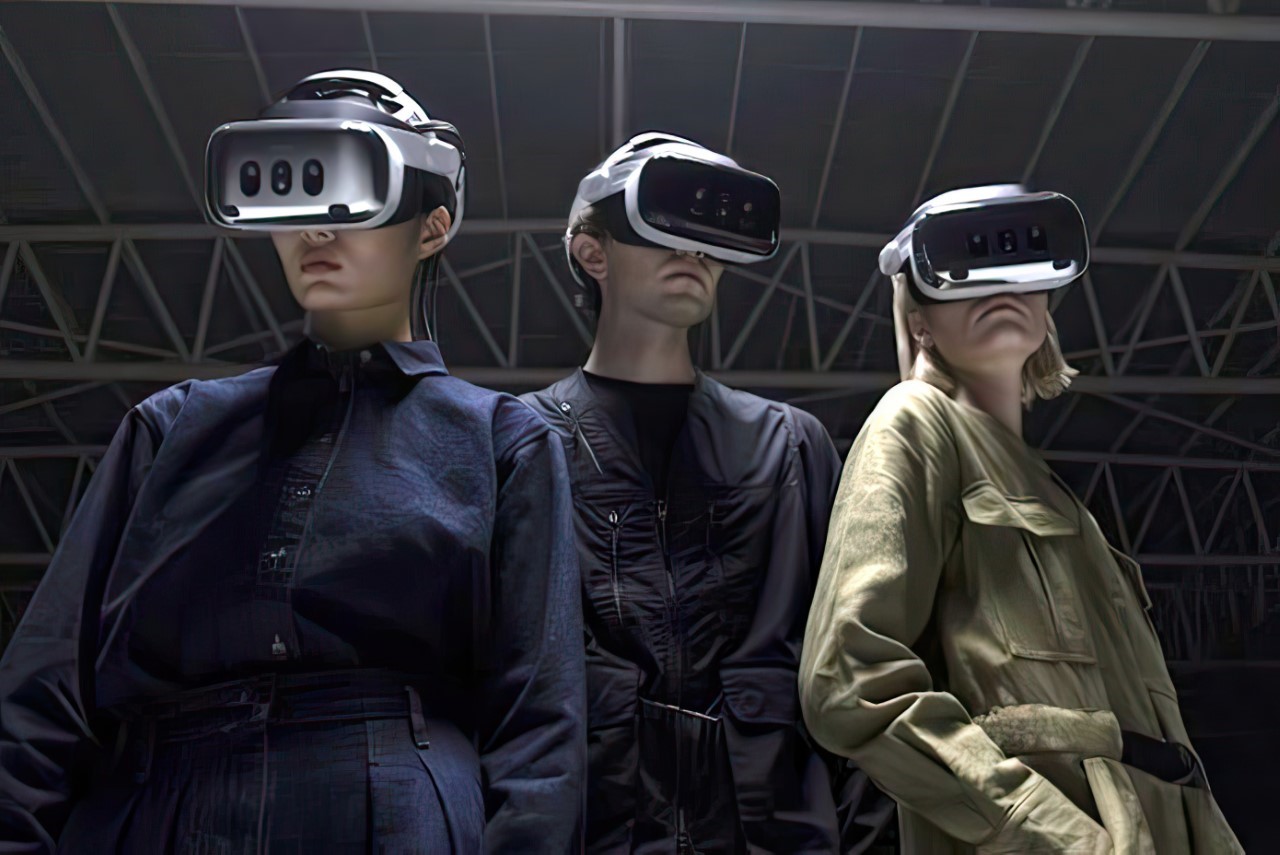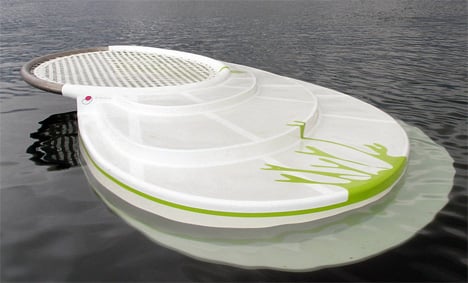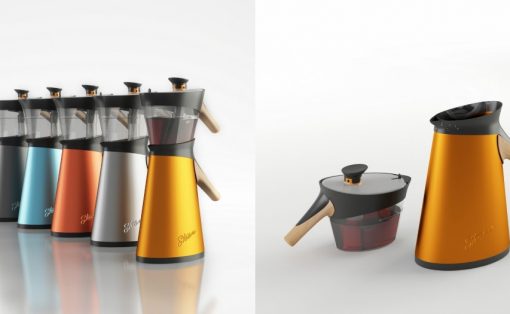You wouldn’t be the first to think this was a Quest 3, but in fact, this headset comes from Finland-based VR/XR hardware company, Varjo. Although it does share a slight visual similarity with its passthrough camera placement on the front, the XR-4 isn’t your average mixed reality headset. Varjo’s XR-4 series, which includes the base XR-4, the XR-4 Focal Edition, and the XR-4 Secure Edition, is the company’s latest offering in the PC-powered mixed reality headset space. Its highlight, Varjo mentions, is a virtual/mixed reality experience so immersive that it’s “practically indistinguishable from natural sight.” To drive that home, Varjo boasts a client base of more than a quarter of Fortune 500 companies who employ their headsets to “train astronauts and pilots, radically shorten automotive production timelines, power medical breakthroughs, and render stunning 3D visualizations for architects and designers.”
Designer: Varjo
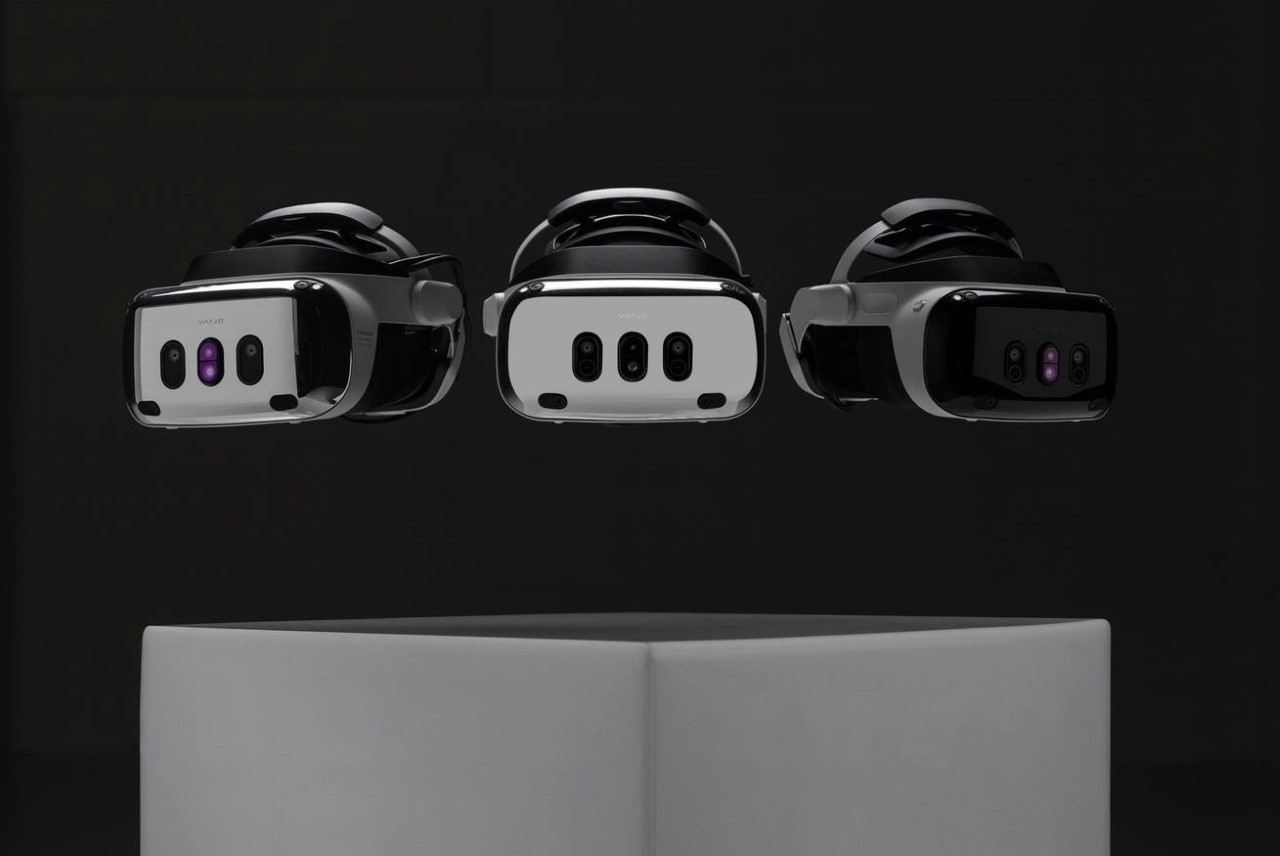
The XR-4 series aims to create perhaps the most believable high-fidelity virtual/mixed reality experience that goes way past the uncanny valley of tech. This is achieved through advanced features like dual 4K x 4K mini-LED displays, which offer a resolution of 51 pixels per degree and a 120 x 105-degree field of view. The displays boast double the brightness at 200 nits and a wider color gamut, covering 96% of the DCI-P3 color space. Additionally, the XR-4 series incorporates dual low-latency 20-megapixel cameras for high-fidelity, real-time photorealistic video pass-through mixed reality. Enhanced with new ambient light sensors and an 8x improvement in LiDAR resolution over its predecessor, the XR-3, these headsets seamlessly blend real and virtual elements.
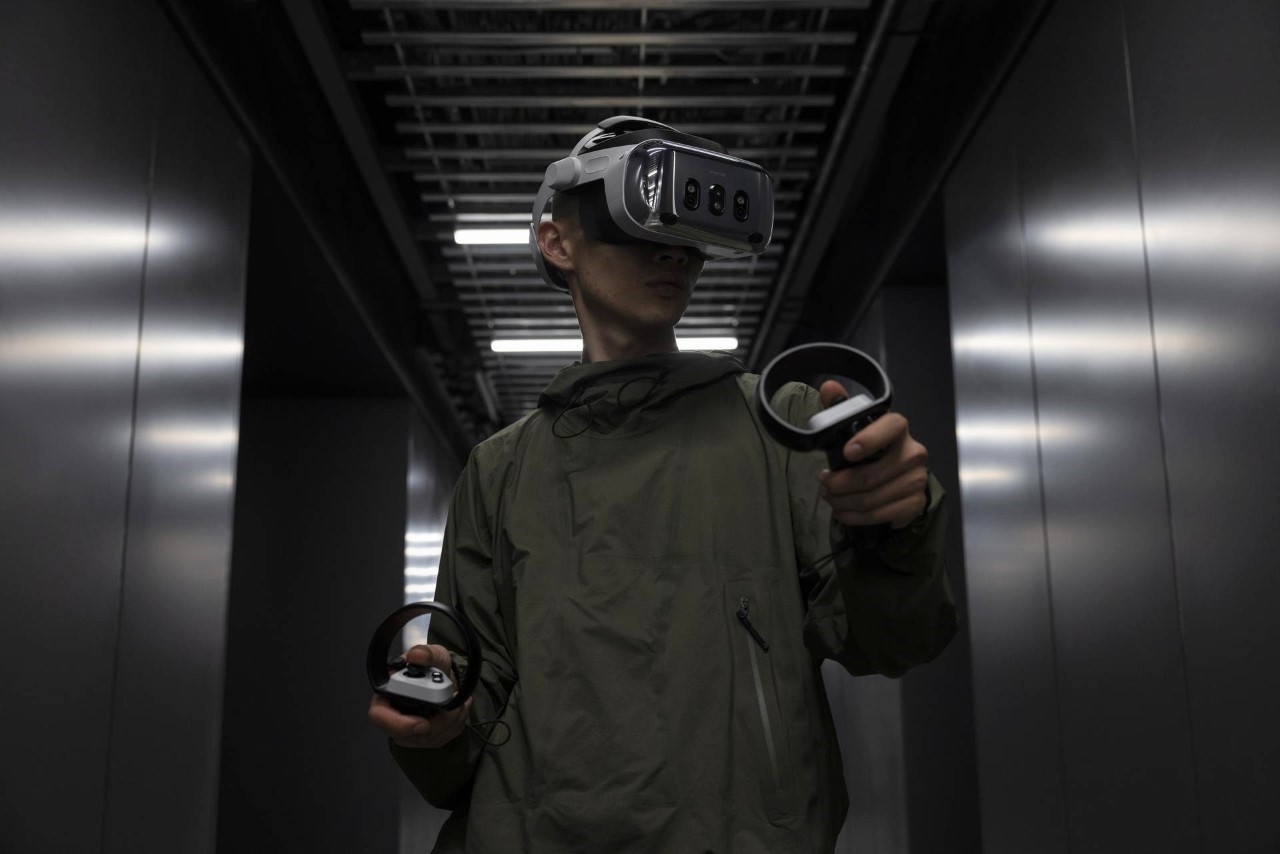
One of the standout features of the XR-4 Focal Edition is its gaze-directed autofocus cameras, quite similar to the foveated rendering feature demonstrated by Apple during its Vision Pro launch back in June. These cameras are specifically beneficial for training simulations requiring interaction with real-world objects, such as in cockpit-based applications. The XR-4 Secure Edition, meanwhile, caters to government and defense organizations with stringent security requirements.
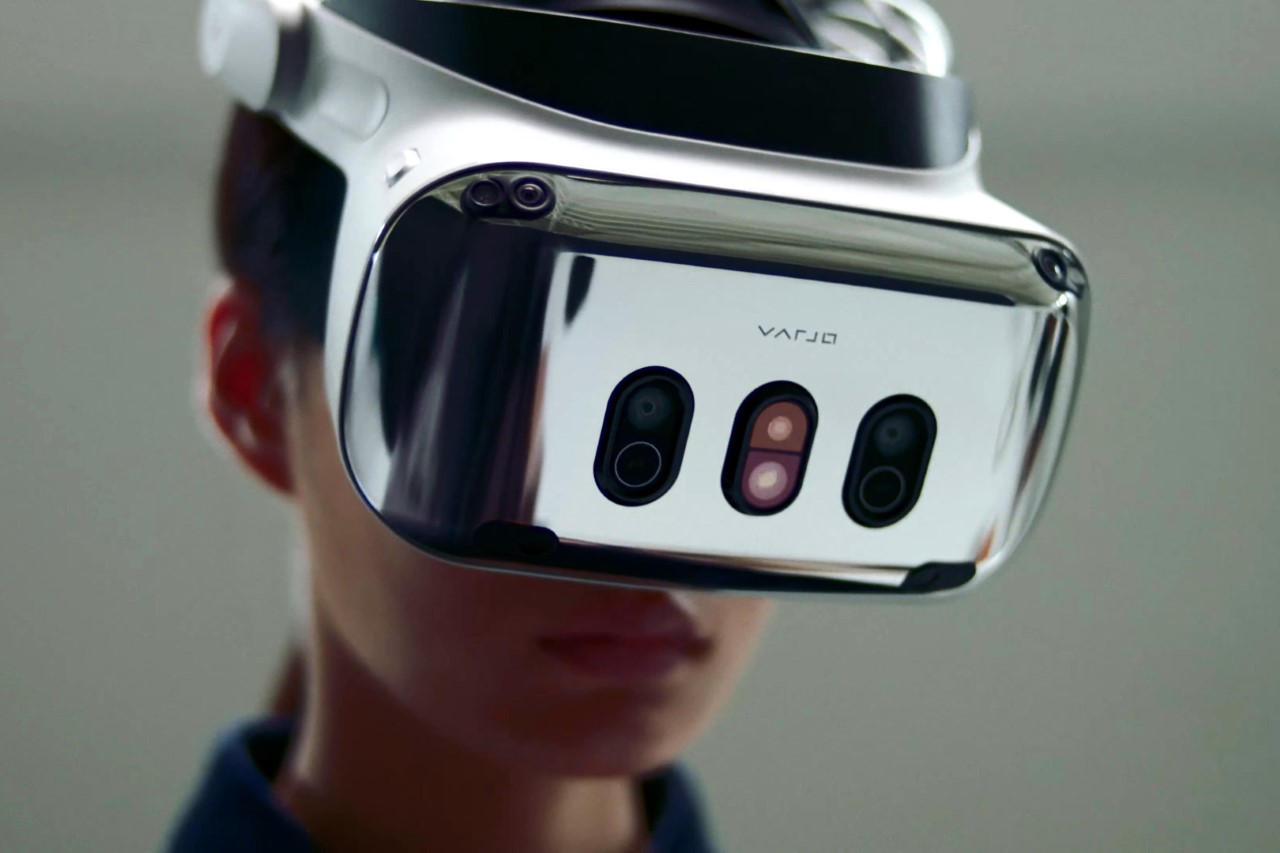
The XR-4 series is powered by NVIDIA GPUs and is integrated into NVIDIA Omniverse, enabling developers and industrial users to render photorealistic scenes and unlock ray tracing in mixed reality. This potent combination far surpasses the computational power achievable with a mobile chip, making it a game-changer for developers. The headsets are compatible with over 100 third-party PC applications and 3D engines, including Unreal Engine and Unity, ensuring their integration into demanding workflows across various sectors like training and simulation, design, engineering, and healthcare.
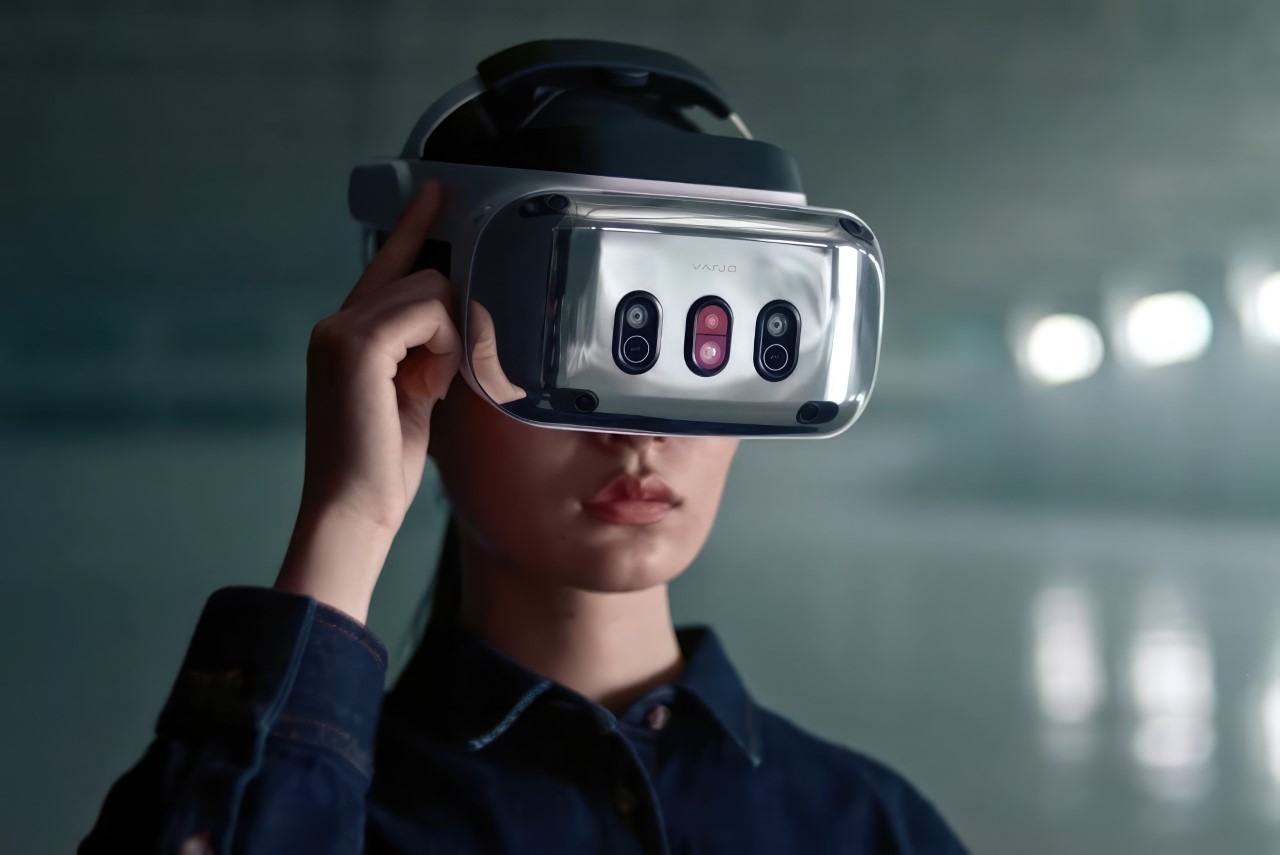
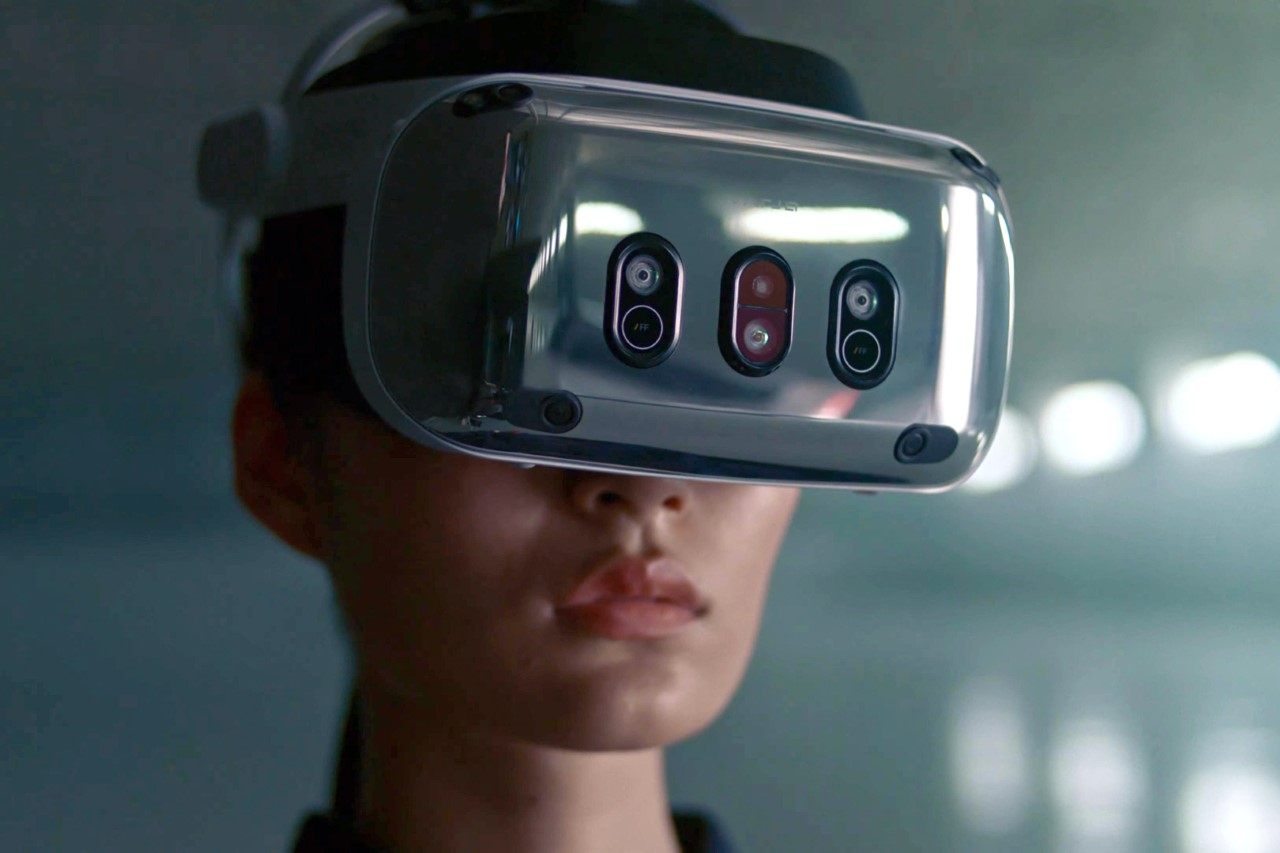
Despite these advancements, the XR-4 headsets are bulky and weigh a little over two pounds, making them heavier than the Quest 3 as well as Apple’s own Vision Pro that was questioned for its heavy aluminum body. However, this isn’t a significant concern for Varjo’s target customers, who typically use the headsets for limited periods, such as in training scenarios. The pricing of the XR-4 series starts at $3,990 for the base model, which may seem high for consumers, but not for the specialized industries that can absolutely benefit from the XR-4’s unique offering. In fact, consumers wouldn’t even be able to get their hands on the XR-4 given that Varjo deals exclusively with enterprise and military industries for now. The XR-4 Focal Edition, on the other hand, has an eye-watering starting price of $9,990 while the XR-4 Secure Edition, designed for government-level encrypted use, doesn’t even have a price listed online.
